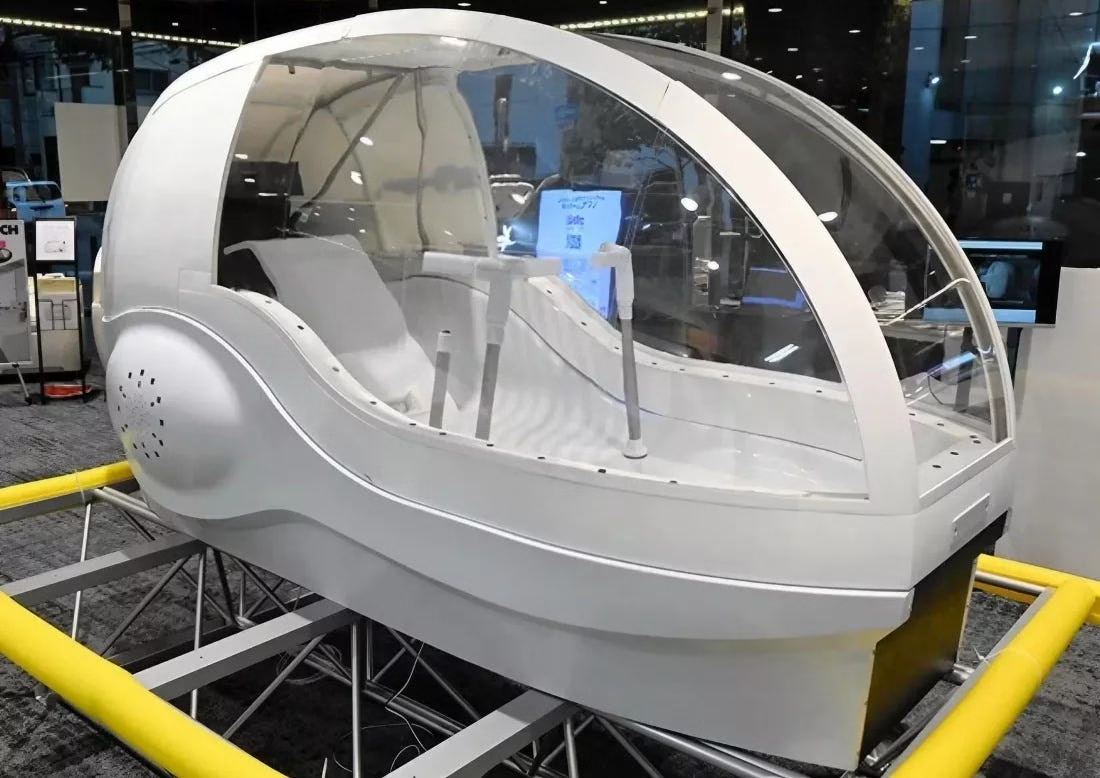Huawei has shaken up the global AI landscape by unveiling its most powerful artificial intelligence infrastructure to date—the CloudMatrix 384 Supernode. The Chinese tech giant claims its latest innovation not only rivals but outperforms Nvidia’s flagship NVL72 GPU cluster in several critical performance benchmarks.
The announcement, initially reported by the South China Morning Post and validated by SemiAnalysis, marks a major milestone in China’s strategic push to reduce dependence on Western technology, particularly in the face of escalating US export restrictions.
A “Nuclear-Level” System With Groundbreaking Specs
At the heart of the CloudMatrix 384 system are 384 Ascend 910C AI processors, delivering a jaw-dropping 300 petaflops of BF16 (brain floating point) compute power. To put that into perspective, Nvidia’s high-end NVL72 GPU cluster—considered the gold standard in AI compute—tops out at around 180 petaflops.
Huawei’s massive leap in performance has led insiders to refer to the CloudMatrix 384 as a nuclear-level product, underlining not just its technical prowess but its potential national importance.
Memory and Bandwidth: Crushing the Competition
Beyond raw compute performance, Huawei’s AI supernode dominates in memory-related specs as well. According to official reports:
- It offers 3.6x more total memory than Nvidia’s NVL72 system.
- It delivers 2.1x higher memory bandwidth, an essential component for training large language models and generative AI systems.
These specs allow the CloudMatrix 384 to handle much larger datasets and reduce latency, making it a compelling choice for next-gen AI applications, from real-time image recognition to autonomous driving simulations.
The Catch: Massive Power Consumption
Despite its headline-making specs, the CloudMatrix 384 comes with a major caveat—it draws nearly four times more power than Nvidia’s comparable setup.
In the West, especially in regions like North America and Europe, energy efficiency is a non-negotiable priority for data centers. High power draw directly translates into elevated operational costs and environmental concerns. But in China, where the energy grid continues to expand rapidly, such power-intensive systems are more acceptable.
Beijing appears to favor performance and strategic independence over energy efficiency—especially as AI becomes a cornerstone of future competitiveness and national security.
Already Operational in China
Huawei isn’t just showing off blueprints. The first CloudMatrix 384 systems are already active in Wuhu, located in China’s Anhui province. The deployment demonstrates Huawei’s remarkable engineering capabilities, particularly in networking, optics, and system integration.
Despite US sanctions targeting semiconductor technology, Huawei has cleverly navigated restrictions by sourcing components globally and utilizing local innovation to assemble world-class infrastructure.
Dependence on Global Supply Chains Remains
Although this achievement is significant, Huawei’s AI ecosystem is not fully insulated from foreign reliance. The Ascend 910C chips are still dependent on international suppliers such as:
- Samsung, for high-bandwidth memory (HBM)
- TSMC, for wafer fabrication
This foreign dependency continues to pose a long-term risk for Huawei’s self-sufficiency. However, the success of the CloudMatrix 384 demonstrates how far China has progressed in building homegrown, high-performance AI infrastructure.
A Symbol of China’s Growing AI Ambitions
The launch of the CloudMatrix 384 aligns perfectly with China’s broader national vision of becoming a global AI superpower. With escalating US-China tensions and restrictions on advanced chip exports, building an independent AI stack is no longer a choice—it’s a necessity.
Huawei’s decision to go for brute force over efficiency may not appeal to global green-tech advocates, but it reflects a shift in strategic thinking. In the eyes of the Chinese government, raw power, national data processing capacity, and AI leadership matter far more than power efficiency.
What It Means for the Global AI Race
Huawei’s CloudMatrix 384 is not just another AI product. It’s a declaration that China is ready to take on Silicon Valley’s biggest names in the race for AI supremacy—even if that means breaking a few global norms along the way.
For Nvidia, this development adds pressure amid growing export restrictions and a shrinking Chinese market. For the world, it’s a sign that AI innovation is becoming a global, multipolar contest, with new leaders rising fast—and reshaping the rules as they go.
As the AI arms race accelerates, power-hungry or not, Huawei’s new supernode signals a future where performance takes precedence—and geopolitical boundaries define the pace of progress.



